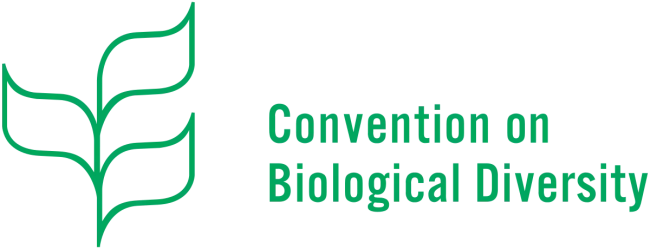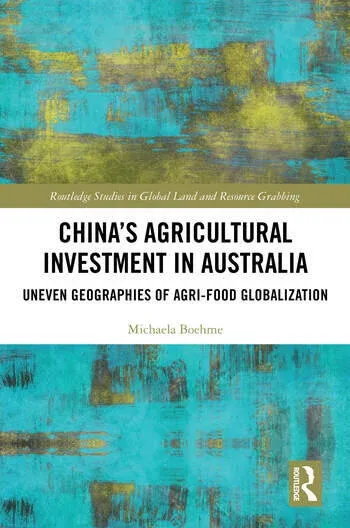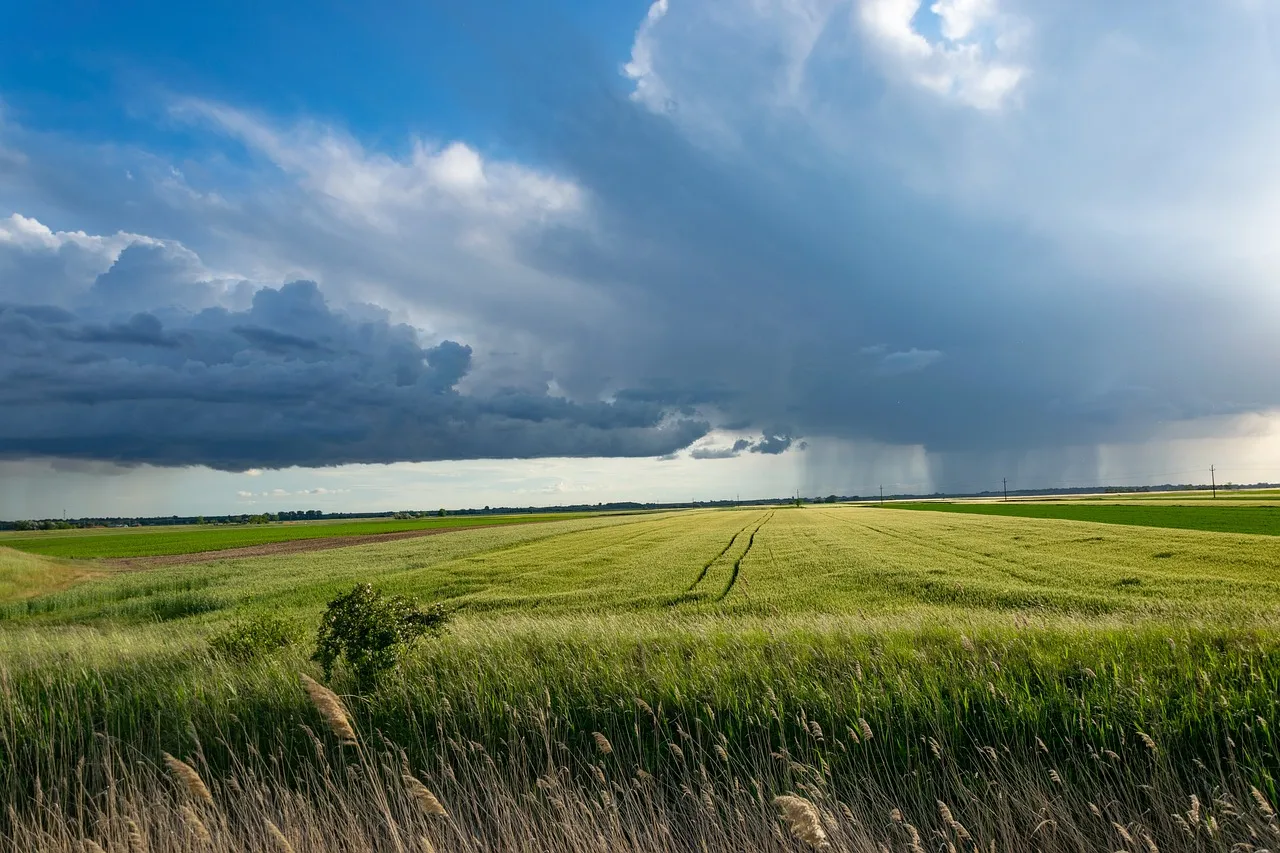The United Nations Convention on Biological Diversity has released the first draft of a new Global Biodiversity Framework. The framework is built around a vision of “living in harmony with nature” by 2050, and sets out 21 targets for protecting biodiversity to be achieved by 2030. It stresses that civil society, indigenous and local communities, women, youth and business and finance communities must all be involved in implementing the framework.
Image

The framework’s 2050 vision centres on four goals:
- The area, connectivity and integrity of natural ecosystems should increase by at least 15%, the rate of extinctions should reduce ten-fold, and genetic diversity of both wild and domestic species should be protected. (It is not clear which year is the baseline for comparison.)
- Nature’s contributions to people are valued, maintained and enhanced.
- Benefits from the use of genetic resources are shared fairly and equitably.
- Adequate funding and resources are available to meet the 2050 vision.
The 21 targets to be achieved by 2030 include:
- Use biodiversity-inclusive spatial planning for all land and sea areas globally.
- Protect and restore at least 20% of degraded ecosystems, including forming connections between them.
- Conserve at least 30% of global land and sea areas, focusing on areas of most importance for biodiversity and biodiversity’s value to people.
- Halve loss of nutrients to the environment, reduce pesticides by two-thirds (it is unclear whether this means total use or only their flow into ecosystems), and eliminate the discharge of plastic waste.
- Ensure that the harvesting, trade and use of wild species is sustainable, legal, and safe for human health.
- Ensure that the most vulnerable people can access nutrition, food security, medicines and livelihoods through sustainable species management, including protecting customary sustainable use by indigenous and local communities.
- Manage all areas of farming, aquaculture and forestry sustainably, by “sustainable use” of biodiversity and increasing productivity and resilience.
- Integrate biodiversity values into all levels of governance and across the economy.
- Encourage and enable individuals to make responsible consumption choices by reducing waste and overconsumption of food and other materials, taking into account cultural preferences.
Read the First Draft of The Post-2020 Global Biodiversity Framework here or here (PDF link). See also the TABLE explainer Food systems and contributions to other environmental problems.
PUBLISHED
23 Jul 2021




Comments (0)